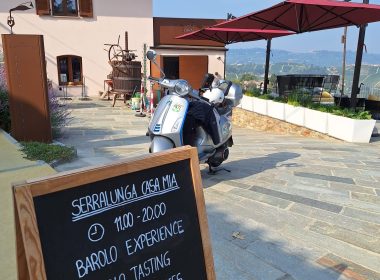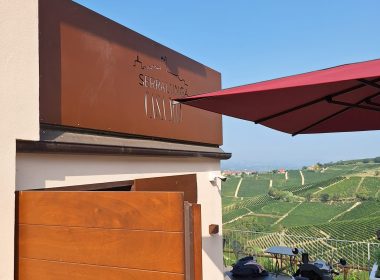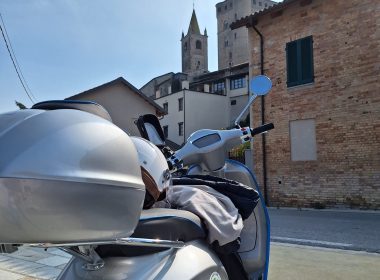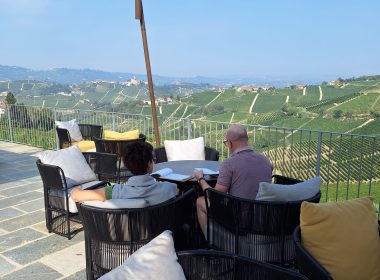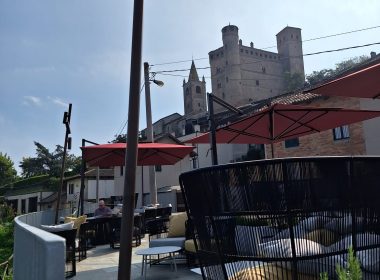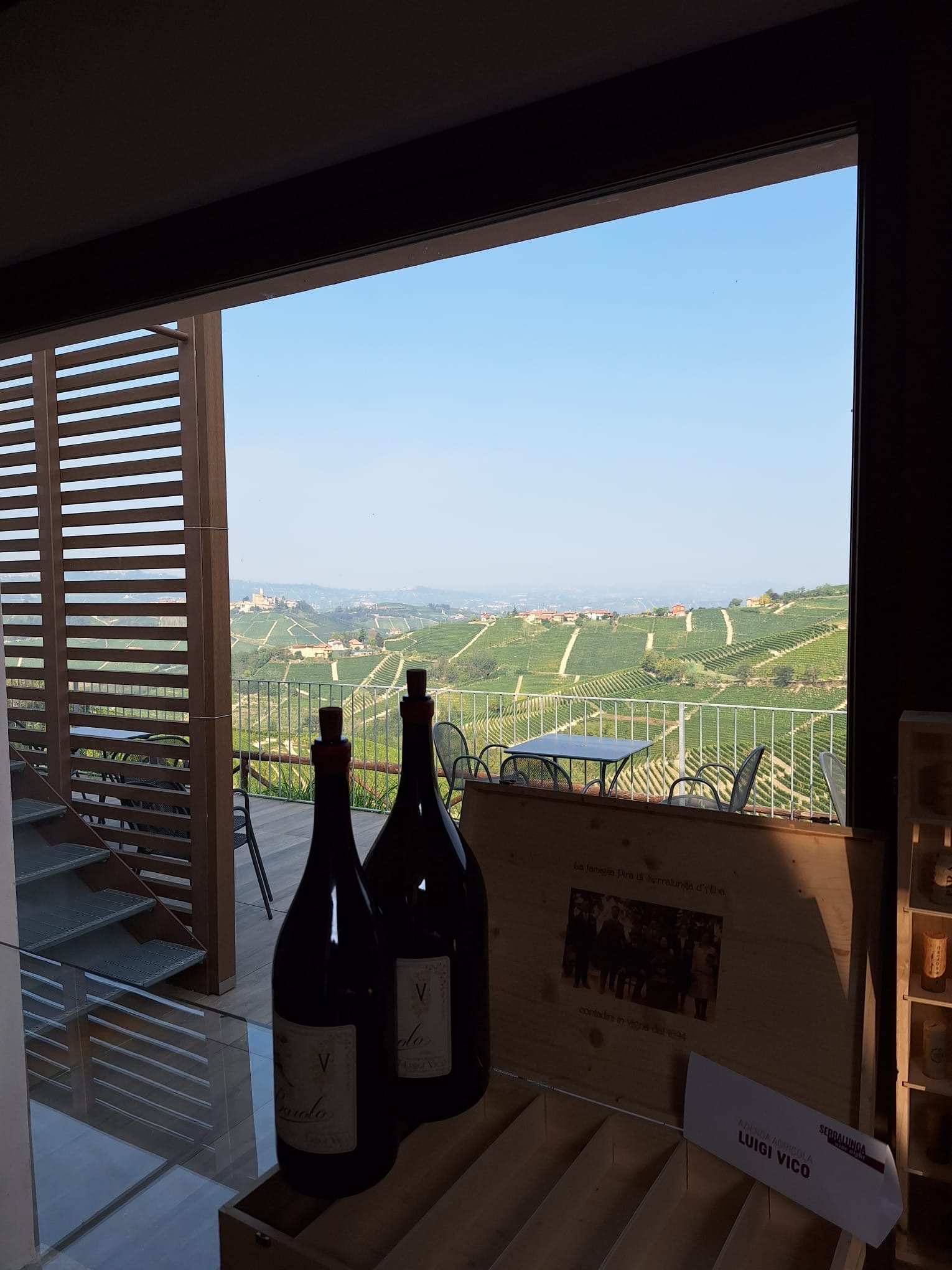Azienda Agricola Luigi Vico was officially born in 2016, the year that corresponds to Luigi’s first harvest, although its origins date back to 1694, according to the first information on the land holdings of Luigi’s mother’s family, originally from Serralunga d’Alba.
It was from his grandparents Giuseppe and Lucia that Luigi inherited his passion and aptitude for working in the vineyard from an early age, during the long summers spent helping them with the manual and tiring chores that culminated in the grape harvest. After that, the grapes were sold, leaving the winemaking to others.
In the following years the vineyards were leased to third parties, and it was only when the contracts expired that Louis was able to return to the grape business, this time fully, from the vineyard to the winery.
Today Luigi Vico’s winery has 2.1 hectares of vineyards in the Barolo area, cultivated organically (in the process of certification) from which he obtains a limited production of Barolo from the commune of Serralunga d’Alba and Barolo Prapò, vinified respecting a single imperative: to enhance the territory in which nebbiolo expresses itself best.
PRAPÒ VINEYARD: Purchased by the family in 1927, the present vineyard was replanted in 1998 with eastern exposure at 356 m.a.s.l. Here today grows the Nebbiolo that will become Barolo Prapò, an additional geographic mention of the municipality of Serralunga that has always been appreciated for finesse and longevity.
MERIAME VINEYARD: At one time, in the 1920s, the plot was used as a vineyard and meadow. Today the Nebbiolo da Barolo vineyard retains traces of the original biodiversity with fruit trees at the head of the rows, as was once the custom.
PRATO DONE VINEYARD: The vineyard in Prato Done now planted partly with Moscato and partly with Nebbiolo was acquired partly in the early 1900s and partly in 1934.
CELLAR: Luigi Vico works with the conviction that winemaking should bring out the best characteristics of our terroir. He chose concrete for fermentation and wood from the Fontainebleau Forest and Slavonia for the Barolo. For the other wines in the range, where freshness and fruit are indispensable assets, vinification takes place in steel and aging in barriques and tonneaux.


